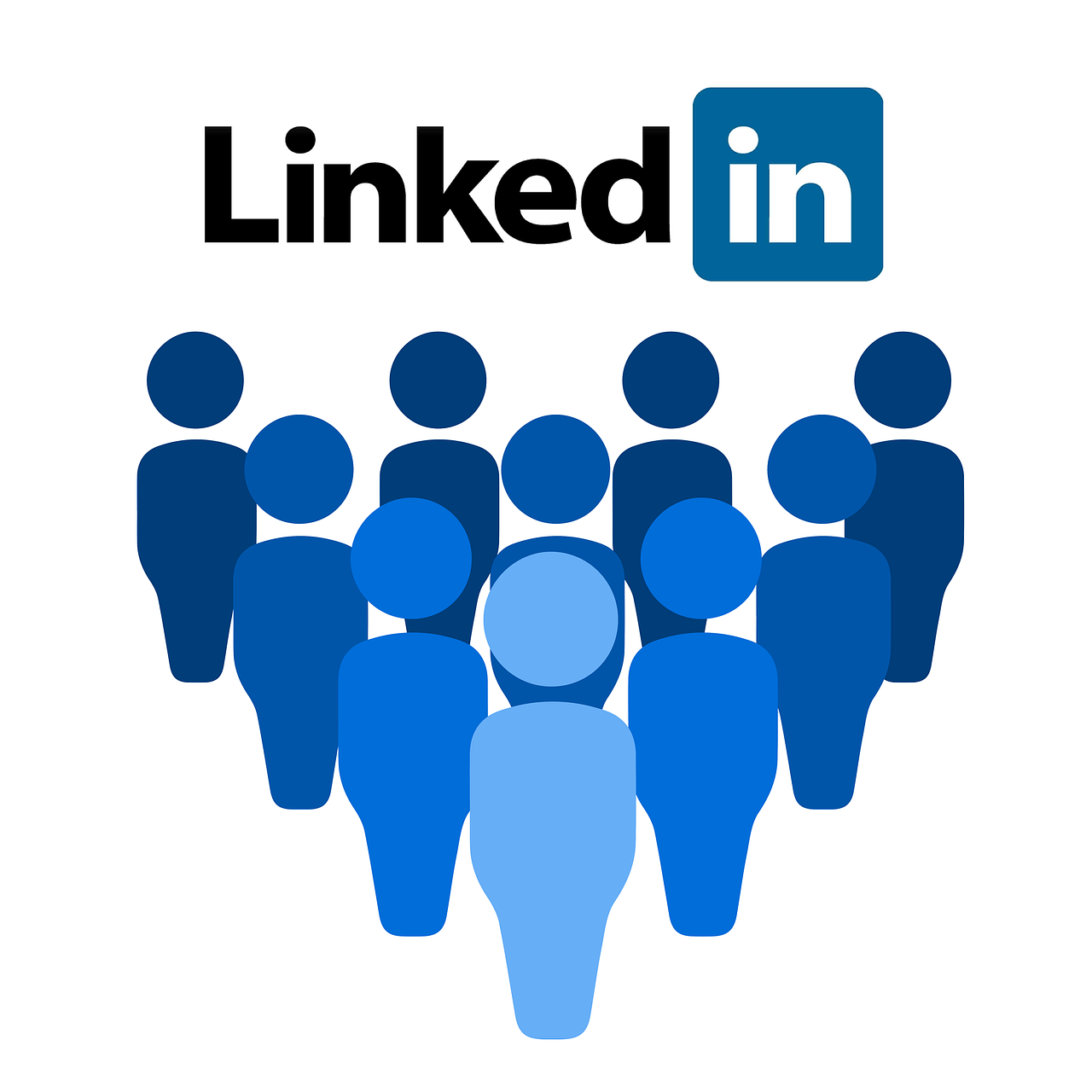
Although Facebook, Twitter and YouTube are among the most popular sites, there are plenty more that fall under the heading of social media.
Any site or online tool that allows content to be easily shared is considered to be ‘social media.’ That content could include, but not be limited to: images (Instagram, Picasa, Flickr); video (YouTube, Vimeo, Vine); blogs (WordPress, Blogger, Weebly); forums, wiki sites and even podcasts.
As a PR professional, it is most likely that you will concentrate on the main social media platforms when considering which ones will best serve as important communication channels or tools.
The ones you select should depend on the overall outcome; the objective(s) that you want to achieve with your communications activity.
The main disadvantage of social media is that many sites are not able to interact with each other. This means information posted to one site is not available to another. They generally work in isolation.
There are some tools available on the market, which attempt to bring the management of several social media platforms together in one application, but these vary in functionality. Hootsuite and Tweet Deck are the most popular, and offer free and paid for options.
As a PR professional, you will need to carefully consider which social media platform / tool(s) to use. If not, there is a danger you will spend too much time updating / refreshing each separate site.
We remind our online PR course students not to neglect LinkedIn. It’s more than just a job seeking site.
It has a different focus to Twitter and Facebook, but can still be useful. Here are some suggestions:
- Construct your profile so it promotes your business, and make sure that it also positions your director / CEO as an expert or authority on some aspect of your industry.
- Copy all your Tweets into the ‘Share an update’ facility, in fact, you can link your Twitter account to LinkedIn, so updates are shared on both platforms simultaneously.
- Use Share an update to post infographics, videos and images, and to announce your new blog posts. You can also provide links to articles / websites about the hotel industry etc, that you find significant or helpful.
- Join relevant groups: these can be helpful to get your name known and to establish a reputation as an expert or an authority. You can also use groups to harvest leads and nurture prospective clients.
- Follow up profile views: again, a good way of finding new clients.
- Connect with everyone you know, including former colleagues, alumni. They’re all potential clients.
- Recommend people: this helps them, and also reminds them about you, and what you offer.
- Get recommendations: these provide essential proof about the quality of your products or services.
- Interact with current customers: connect with them, chat to them, and offer them discounts, free gifts and deals.
At CMP, we don’t spend a lot of time in LinkedIn: around 15 minutes a day. Twitter is our most effective platform.
But, we find that LinkedIn helps to raise our profile and get us ‘out there’.
Most of the organisations that a PR professional is likely to represent have a website. This ought to be the main place where content about the organisation is hosted.
See our PR courses


